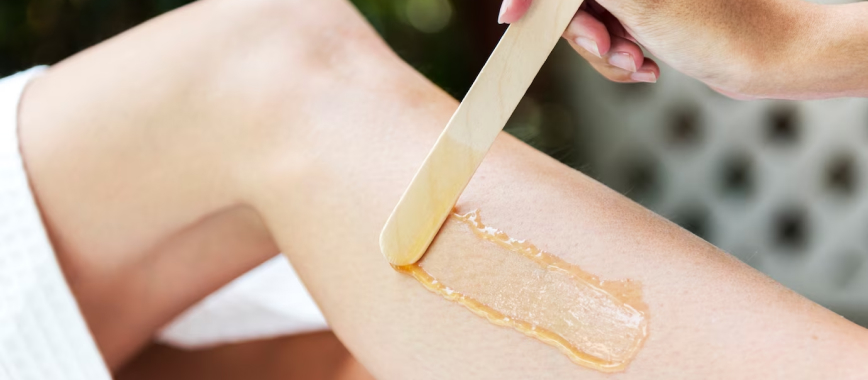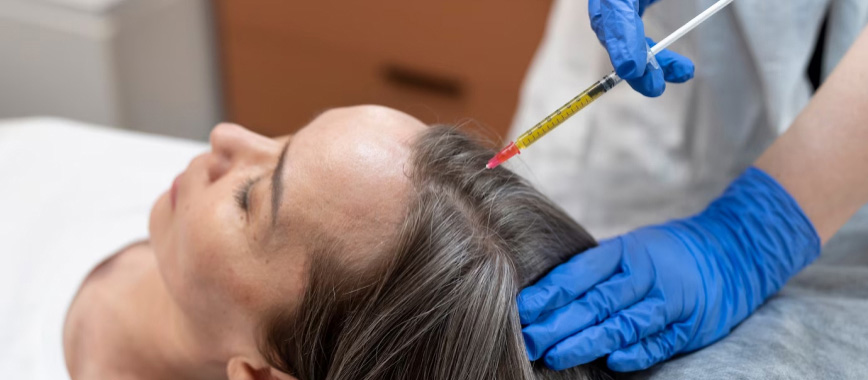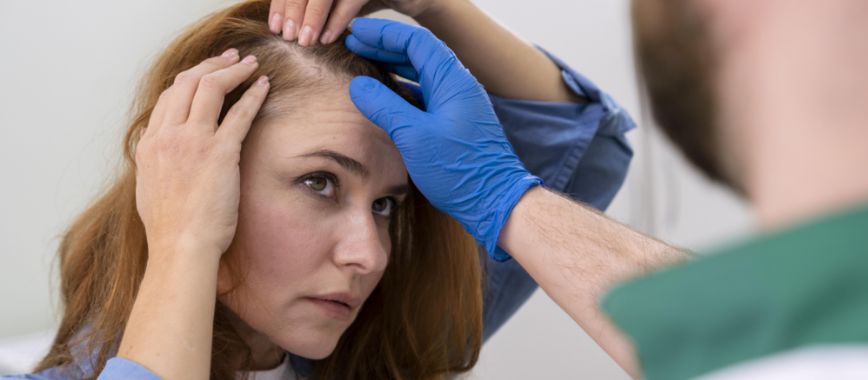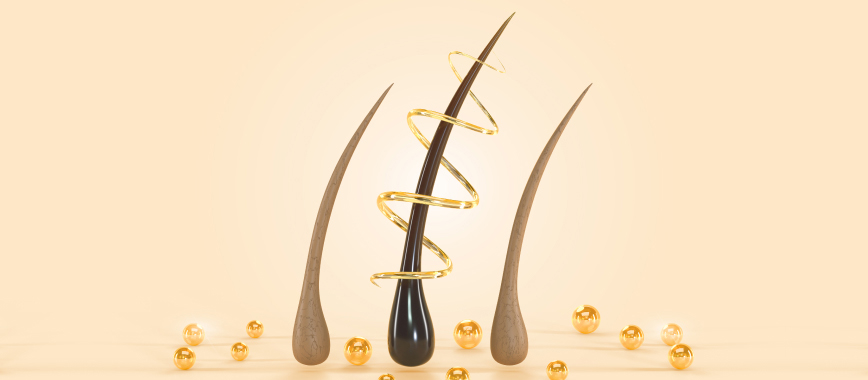Search Healthy Tips here
- Please wait..
Explore categories
5 weird signs of iron deficiency and how to overcome.

Iron deficiency is a common nutritional deficiency that can lead to various symptoms and health complications. While fatigue and weakness are well-known indicators, there are some unusual signs of iron deficiency that you may not be aware of. In this blog post, we'll explore five weird signs of iron deficiency and provide you with
practical strategies to overcome them. Let's dive in!
Pica (Craving Non-Food Items):
One unusual sign of iron deficiency is pica, which is characterized by the intense craving to eat non-food items like ice, clay, paper, or dirt. These cravings may arise due to an underlying iron deficiency. To overcome pica:
Seek Medical Advice:
Consult a healthcare professional to confirm the presence of iron deficiency and receive appropriate treatment.
Increase Iron Intake:
Incorporate iron-rich foods into your diet, such as red meat, leafy greens, legumes, and fortified cereals.
Address Cravings Safely:
Replace non-food cravings with healthier alternatives, such as ice chips or crunchy vegetables like carrots or celery.
Restless Leg Syndrome (RLS):
Restless Leg Syndrome is an uncomfortable sensation and urge to move the legs, especially during periods of rest or sleep. In some cases, iron deficiency can contribute to RLS. To alleviate RLS symptoms:
Optimize Iron Intake:
Increase dietary iron by consuming sources like lean meats, seafood, beans, and dark leafy greens.
Consider Iron Supplements:
Consult with a healthcare professional to determine if iron supplements are necessary to meet your iron requirements.
Practice Good Sleep Hygiene:
Establish a regular sleep schedule, create a relaxing bedtime routine, and ensure your sleep environment is comfortable and conducive to quality rest.
Hair Loss:
Iron deficiency can disrupt the normal hair growth cycle, leading to hair loss or thinning. To address this issue:
Consume Iron-Rich Foods:
Include iron-rich foods in your diet, such as lean meats, eggs, nuts, seeds, and leafy green vegetables.
Incorporate Protein:
Protein is vital for hair health. Include sources like lean meats, poultry, fish, legumes, and dairy products.
Consult a Healthcare Professional:
If hair loss persists, seek guidance from a healthcare professional who can assess your iron levels and recommend appropriate interventions.
Spoon-Shaped Nails (Koilonychia):
Koilonychia is a condition where the nails become concave or spoon-shaped. It can be associated with iron deficiency. To combat koilonychia:
Improve Iron Intake:
Consume iron-rich foods and pair them with vitamin C sources to enhance iron absorption.
Monitor Other Nutrient Levels:
Check your levels of other essential nutrients like vitamin B12 and folate, as deficiencies in these nutrients can also affect nail health.
Protect Your Nails:
Avoid excessive exposure to harsh chemicals or moisture, and keep your nails clean and trimmed to prevent damage.
Pale Skin:
Iron deficiency can reduce the amount of hemoglobin, leading to a pale or washed-out complexion. To restore healthy skin color:
Consume Iron-Rich Foods:
Focus on incorporating iron-rich foods into your meals, including red meat, poultry, seafood, lentils, spinach, and fortified cereals.
Boost Vitamin C Intake:
Vitamin C aids in iron absorption. Pair iron-rich foods with sources of vitamin C, such as citrus fruits, berries, bell peppers, and tomatoes.
Practice Sun Protection:
Protect your skin from excessive sun exposure and use sunscreen regularly to prevent further damage.
Conclusion:
Iron deficiency can manifest in various unusual ways beyond the typical signs of fatigue and weakness. If you experience any of these weird signs, it's essential to address them promptly. By increasing your iron intake through diet, considering iron supplements when necessary, and seeking guidance from healthcare professionals, you can overcome these symptoms and restore optimal iron levels. Remember, maintaining a balanced diet and addressing any underlying causes are key to resolving iron deficiency and promoting overall well-being.










